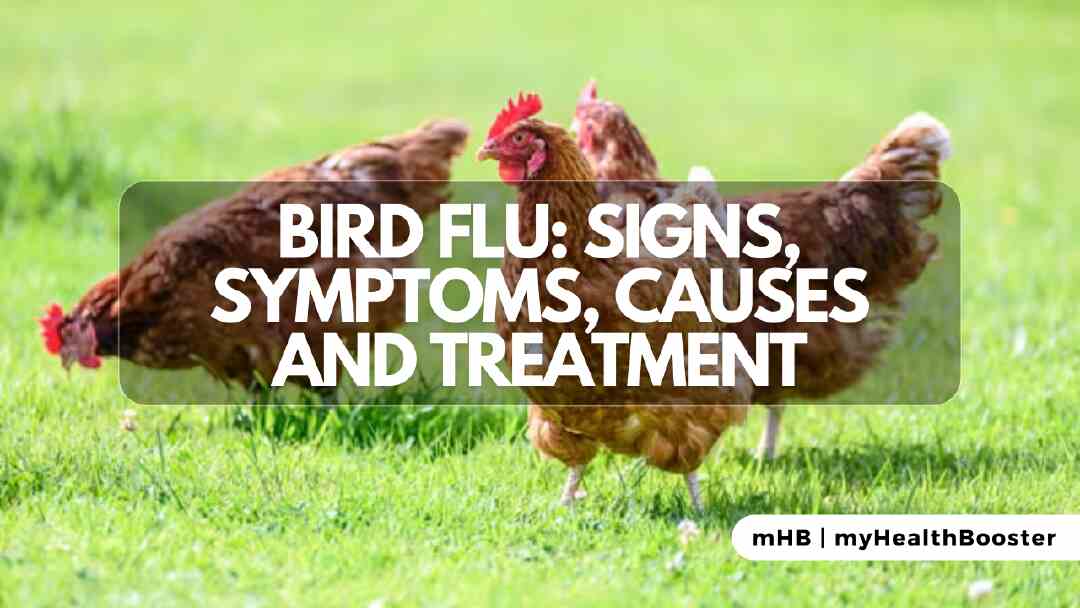Bird flu, scientifically termed avian influenza, is a viral infection predominantly transmitted among birds. While the most common strain, H5N1, is largely a concern for avians, a significant human outbreak occurred in 2014. Understanding bird flu, its symptoms, transmission, and preventive measures is crucial. This FAQ guide delves into these aspects, offering valuable insights.
What Is Bird Flu
Bird flu is a viral infection primarily spreading among birds, with wild ducks, especially migrating water fowl, being natural carriers. The H5N1 strain poses the most significant threat, and though transmission to humans is rare, close contact, especially with infected birds, can lead to human cases.
What Are the Symptoms of Bird Flu
Symptoms can range from flu-like conditions to more severe manifestations involving gastrointestinal issues, respiratory distress, and even neurological changes. Bird flu can present differently than typical flu cases, showcasing the diversity of its effects on the human body.
How Do Humans Get Bird Flu?
Transmission occurs through close contact with birds or bird droppings. Cleaning or plucking infected birds, inhaling aerosolized materials in live bird markets, and handling fighting cocks are reported means of infection. Human-to-human transmission is rare and typically involves close personal contact.
Has Bird Flu Been Seen in the U.S.?
Various strains occasionally appear in U.S. poultry. Strict measures, including culling affected flocks, are implemented to prevent further spread. Human infections resulting from these outbreaks are extremely rare.
What Are the Types of Bird Flu?
The avian influenza A virus comes in two main categories: Highly Pathogenic Avian Influenza (HPAI) causing severe illness in chickens, and Low Pathogenicity Avian Influenza (LPAI) causing milder symptoms. Both types can pose risks to humans.
Is There a Bird Flu Vaccine?
While a vaccine exists, it’s not commercially available to the general public. The FDA approved the H5N1 vaccine in 2007, primarily held by the U.S. government for potential distribution by public health officials.
Is There a Treatment for Bird Flu?
Antiviral drugs like oseltamivir (Tamiflu), peramivir (Rapivab), and zanamivir (Relenza) may assist in treating bird flu, but prompt administration after symptom onset is crucial. Further research is ongoing to enhance treatment strategies.
Conclusion
Understanding bird flu is vital for effective prevention and management. While rare in human transmission, vigilance, swift action, and ongoing research are essential components in addressing this complex health challenge.
